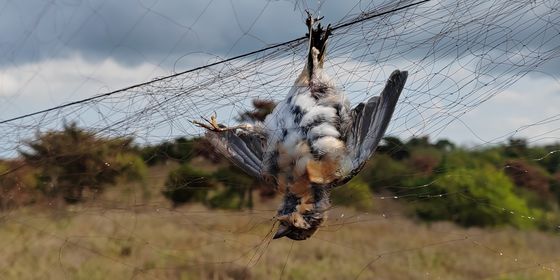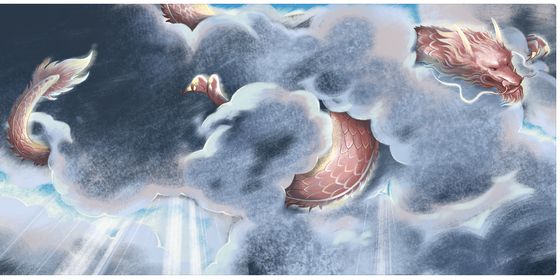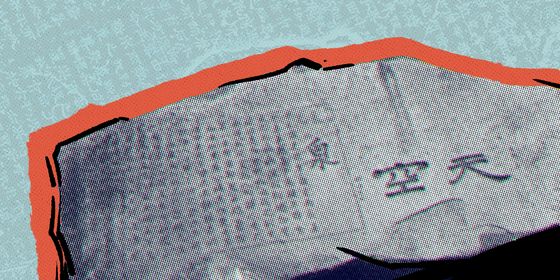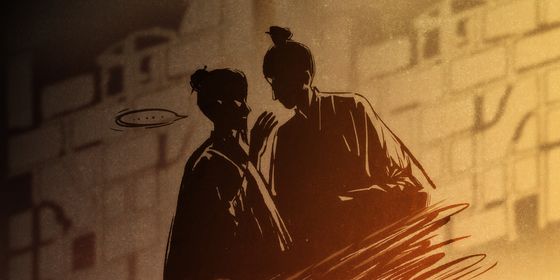From “Prime Minister Parrot” to the “Green-Coated Messenger,” parrots have been feisty feathered friends for centuries in Chinese literature
Of all China’s symbolic birds, parrots were probably Emperor Huizong’s favorite. The eighth emperor of the Northern Song dynasty (960 – 1127) even painted one in his work “Five-colored Parakeet on a Blossoming Apricot Tree.” “Heaven produced the parakeet, this unusual bird,” the emperor wrote in a poem composed about the bird he had painted. “He came as tribute to the palace from far abroad. His body has all the colors of the rainbow, making him far from ordinary. This marvelous bird sticks out its tongue and speaks in a beautiful voice. When he flies to the treetops, he seems envied by all feathered creatures.”
In Chinese poetry, folktales, and tradition, birds often symbolized certain qualities: the magpie for happiness, cuckoo for sorrow, crane for longevity, and wild goose for loyalty. But among these symbolic birds, the parrot came to be a favorite among writers and poets, in part for its ability to talk.













